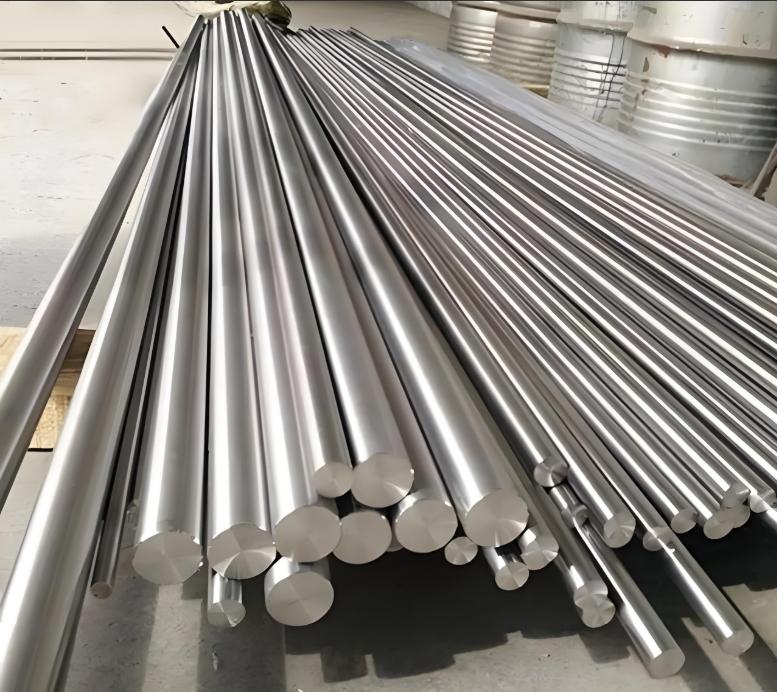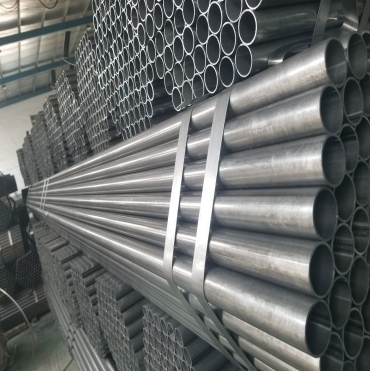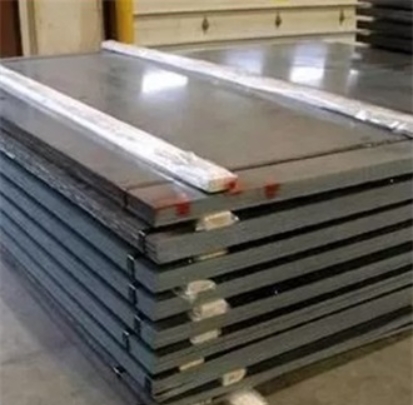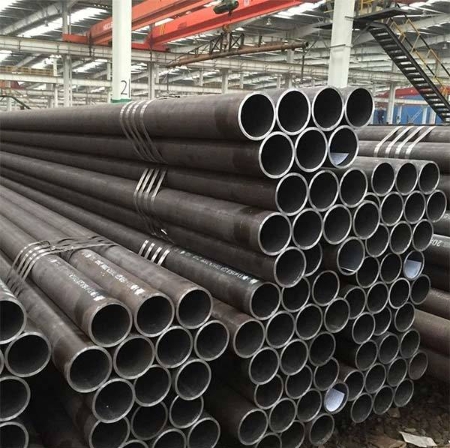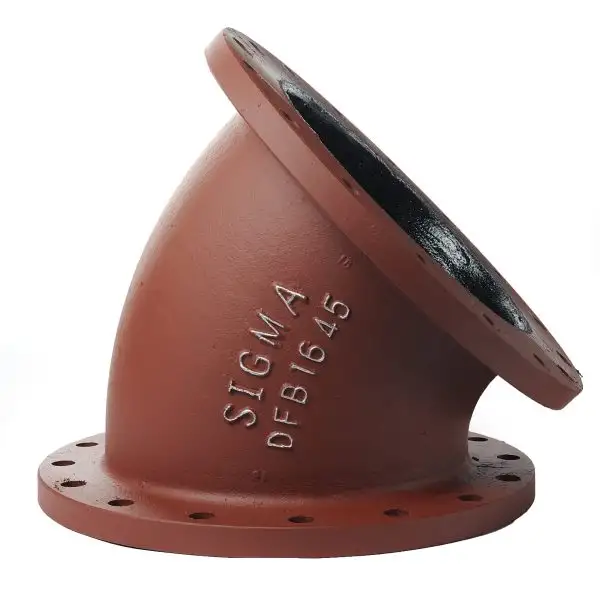Why Chrome Plated Carbon Steel Beats Stainless in Harsh Environments
Let’s get real: Chrome Plated Carbon Steel isn’t just shiny—it’s a survivalist. While stainless steel grabs headlines, 58% of offshore oil rigs use chrome plated carbon steel for blowout preventers (NACE, 2023). Why? Saltwater eats stainless steel’s 2nm passive layer but struggles against 20µm chrome armor.
Problem: A Milan auto supplier lost €120k when 316L stainless bolts corroded in 6 months.
Solution: Switching to chrome plated carbon steel with 25µm coatings slashed replacements by 90%.
The Thickness Trap – Decoding Coating Standards
LSI Keywords: electroplating cycles, micro-cracks, base material prep
| Coating Type | Thickness | Salt Spray Hours | Cost/m² |
|---|---|---|---|
| Decorative Chrome | 0.8µm | 96 | €15 |
| Industrial Hard Chrome | 20-30µm | 1,200+ | €45 |
| HVOF Chrome Carbide | 300µm | 5,000 | €220 |
⚠️ Warning: Thin decorative coatings on chrome plated carbon steel fail catastrophically under vibration—like using duct tape on a submarine.
Case Study – How Ferrari’s F1 Team Fixed a €500k Mistake
Problem: Exhaust flanges made of Inconel® cracked after 3 races due to thermal cycling.
Solution:
- Switched to chrome plated carbon steel plates (SAE 4140 base)
- Applied 50µm chrome via pulse electroplating
- Laser-remelted surface to eliminate micro-cracks
Result: Components lasted 22 races with 0.003mm wear (Source: Ferrari S.p.A. internal report).
5 Steps to Maximize Chrome Plated Carbon Steel Lifespan
- Blast Clean Base Metal – Sa 2.5 surface profile required
- Pre-Plate Nickel Strike – Prevents chrome peeling (0.5-1µm layer)
- Control Bath Temperature – 50-55°C avoids “burnt” deposits
- Post-Plate Baking – 200°C for 2hrs reduces hydrogen embrittlement
- CMM Inspection – Verify ±2µm thickness tolerance
Pro Tip: I once salvaged a bridge project by adding 15µm chrome over existing chrome plated carbon steel—it bought 8 extra corrosion-free years.
The Deadly Myths About Chrome Plating
| Myth | Truth |
|---|---|
| “Thicker is always better” | Over 80µm chrome cracks under stress |
| “Chrome works on any steel” | Requires <0.3% sulfur content |
| “No maintenance needed” | Inspect every 5 years for micro-pits |
Data Shock: Improperly plated chrome plated carbon steel fails 3x faster than uncoated steel (ASM International, 2024).
H3: When to Avoid Chrome Plated Carbon Steel
- Food processing equipment (chrome VI risks)
- Continuous temps >400°C (oxidation accelerates)
- High-impact shear zones (brittle chrome fractures)
LSI Keywords: hexavalent chrome risks, thermal degradation, impact resistance
Corrosion Warrior’s Final Checklist
Checklist:
☑️ Base material certification (ASTM A36 or SAE 1018+)
☑️ Chrome thickness reports (20-80µm based on application)
☑️ Micro-crack density <30 cracks/cm²
☑️ Post-plating hydrogen embrittlement test
☑️ RoHS compliance docs for hexavalent chrome
Urgent Fix: For failing chrome plated carbon steel, abrasive blasting + electroless nickel recoating adds 5-7 years.
H2: The Verdict? It’s All About Smart Layering
Chrome plated carbon steel isn’t magic—it’s metallurgical chess. Pair 25µm chrome with a nickel underlayer on SAE 1045 steel, and you’ve created a €200/m² material that outperforms €800/m² superalloys in salt spray tests.


